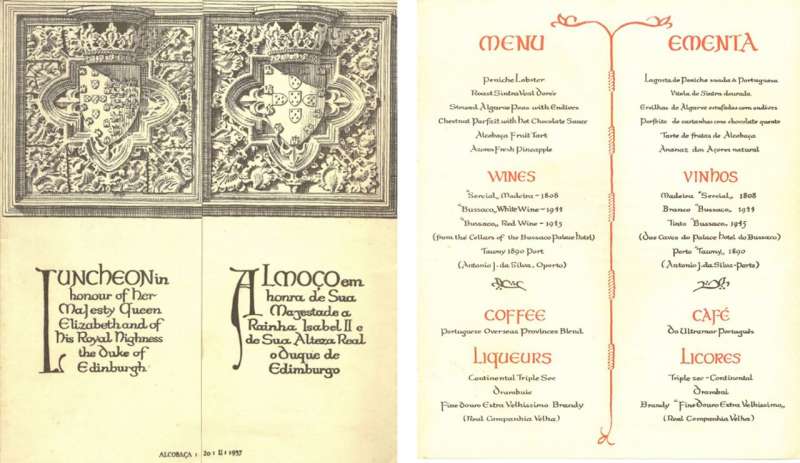Food serves as more than sustenance; it functions as a diplomatic tool capable of forging or fracturing political alliances. A recent study has uncovered how menus from diplomatic events in Portugal over the past century have reflected and influenced the country’s foreign policy. The research, conducted by a team from the Basque Culinary Center, analyzed menus from 457 diplomatic meals held between 1910 and 2023, revealing the intricate relationship between gastronomy and geopolitics.
According to the study published in Frontiers in Political Science, meals are not merely opportunities for culinary delight but are significant diplomatic events that convey cultural identity and political messages. Óscar Cabral, the lead author of the study, stated, “Those meals play a significant role as diplomatic institutions in the execution and continuity of Portuguese foreign policy.” The research emphasizes how food can cultivate cross-cultural understanding or, when necessary, create tensions.
Historical Context of Culinary Diplomacy
Cabral explained that menus can be strategically crafted to communicate specific political messages. For instance, the meal at the COP25 climate conference in Madrid featured dishes with names like “Warm seas. Eating imbalance” and “Urgent. Minimize animal protein,” aimed at highlighting pressing environmental issues. This use of food as a political tool is not a modern phenomenon; the study revealed distinct culinary practices that evolved over different historical eras.
During the first half of the 20th century, lavish meals dominated diplomatic gatherings, often featuring elaborate French cuisine. However, a pivotal shift occurred during the Estado Novo period, from 1950 to 1961/62, when menus began to showcase Portuguese products and regional dishes. “This period marked a fundamental shift towards the inclusion and promotion of Portuguese products, territory, and culinary regionalism,” Cabral noted. A notable example was the 1957 lunch for Queen Elizabeth II, which highlighted regional delicacies like lobster and fruit tarts from Peniche and Alcobaça, showcasing a burgeoning sense of national pride.
The 1960s and 70s saw a trend towards featuring rare and exclusive ingredients, such as turtle soup served to Prince Philip in 1973 and trout from the Azores for American and French presidents in 1971. However, economic challenges often necessitated a return to traditional Portuguese ingredients, especially during times of energy crises that persisted beyond the 1970s.
Functions of Diplomatic Meals
The researchers identified five key functions of diplomatic meals. Tactical meals are often linked to territorial negotiations, while geopolitical meals aim to renew and confirm alliances. Economic diplomacy meals are designed to enhance commercial relations, whereas scientific and cultural meals showcase common interests. Additionally, cultural proximity meals serve to strengthen ties with specific nations, particularly Portuguese-speaking countries.
“In strengthening these ties, menus intentionally feature products closely tied to a shared national gastronomy, like Cozido à Portuguesa (Portuguese stew) or codfish recipes,” Cabral explained. The integration of gastronomy into diplomatic strategy is essential for shaping global perceptions of Portuguese culture.
Despite the insights gained, the study faces limitations due to the availability of archival materials from certain historical periods. Further research is needed to explore seemingly contradictory menu choices, such as the roast beef served to the Indian president in 1990. Another intriguing example is the Consommé de presunto de Barrancos, a thin soup made from cured ham served to King Felipe VI of Spain in 2016. This dish embodies a blend of culinary identities, combining a French-style preparation with a distinctly Portuguese ingredient.
Cabral concluded, “Our study illustrates how national cuisines can be strategically used to strengthen a country’s global standing.” As the world becomes increasingly interconnected, the role of food in diplomacy is likely to grow, making the menus of the future as significant as those of the past.
